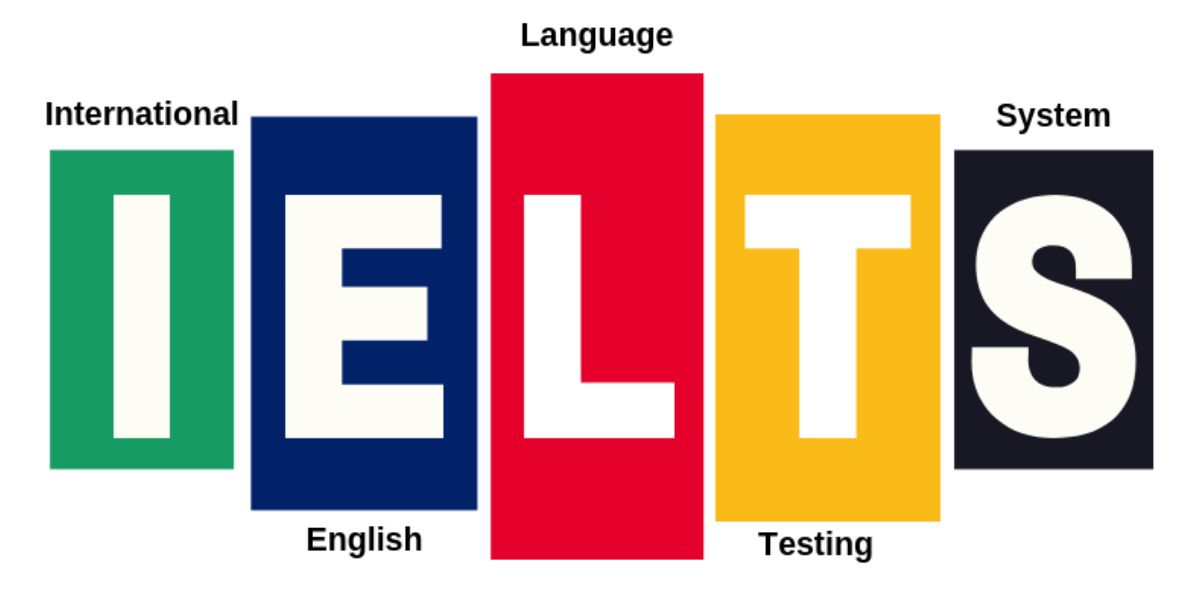
IELTS (International English Language Testing System)
Introduction to IELTS
The International English Language Testing System (IELTS) is a globally recognized English proficiency exam for study, work, and migration. It assesses a candidate’s ability to communicate in English across four key skills: Listening, Reading, Writing, and Speaking. IELTS is accepted by universities, employers, and immigration authorities worldwide.
1. Why Take the IELTS Exam?
- Required for admission to universities in the UK, USA, Canada, Australia, and more.
- Mandatory for immigration and work permits in English-speaking countries.
- Recognized by over 11,000 organizations worldwide.
2. IELTS Exam Types
- IELTS Academic: Suitable for students applying to universities and professional registration. Tests academic English skills required for higher education.
- IELTS General Training: For work, migration, and training programs in English-speaking countries. Focuses on general language skills needed for everyday communication.
3. Exam Format & Sections
- Listening (30 minutes): Four recorded conversations and monologues. 40 questions based on different audio scenarios.
- Reading (60 minutes): Three passages with increasing difficulty. 40 questions covering multiple-choice, matching, and short-answer types.
- Writing (60 minutes): Task 1: Report writing (Academic) / Letter writing (General). Task 2: Essay writing (both Academic & General).
- Speaking (11–14 minutes): Face-to-face interview with an examiner. Three parts: Introduction, Cue Card, and Discussion.
4. IELTS Scoring System
The test is scored on a band scale from 0 to 9. Universities and organizations usually require a score between 6.0 to 7.5. Each section (Listening, Reading, Writing, and Speaking) is scored individually, and an overall band score is provided.
Explore our Study Courses








